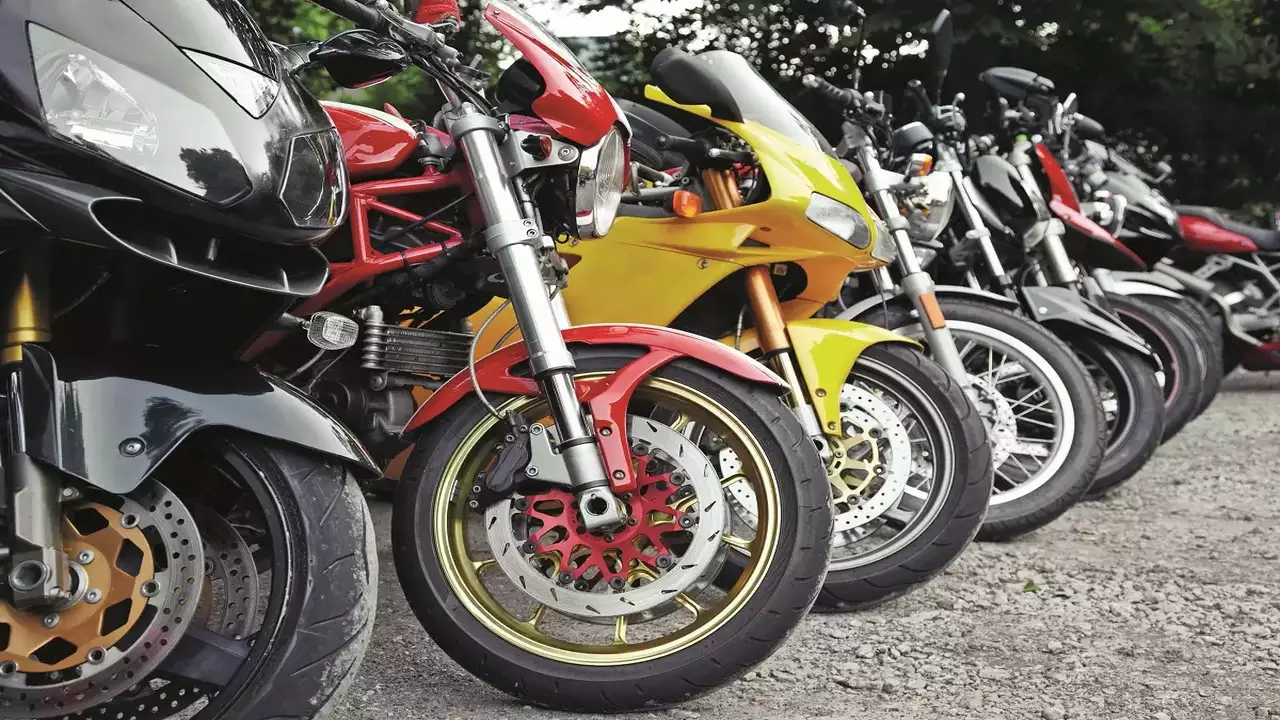Purchasing a motorcycle can be an exciting journey. Unlike cars, motorbikes require physical coordination as well as multiple controls and an agile mind.
Diving headfirst into motorcycling can be exciting, yet purchasing something you know won’t suit is an easy way to find yourself overwhelmed and frustrated – something which prevents many from exploring its joys altogether.
1. Know Your Budget
Motorcycles are an iconic symbol of both freedom and danger, and have grown increasingly popular as people search for more efficient and exciting modes of transport. Before embarking on any motorcycle shopping expeditions however, it’s vital that you set a budget.
Motorcycles come in all sizes from 250cc city bikes to 2,000cc mudders; purchasing and maintaining one will likely cost more, especially considering that its fuel consumption will increase accordingly.
2. Know Your Bike
As soon as you start shopping for a bike, there are numerous choices available to you. In order to make the right selection, it is important to keep in mind the type of riding you plan to do.
Riding a motorcycle can be an exhilarating experience, from leaning through curves and bracing yourself against braking forces, to enjoying its freedom in corners. No car can provide such excitement.
New riders should select a lightweight engine with lower acceleration to avoid being overtaken by acceleration and develop their skills without placing themselves at risk.
3. Know Yourself
There are a few key aspects of motorcycle riding that every rider should understand. Beyond wearing appropriate gear, riding at your own comfort level and treating other drivers with respect are among them.
Take a riding course or practice slow-speed fundamentals by practicing in an empty parking lot – perhaps you may qualify for a riding school discount on your motorcycle insurance!
DIY enthusiasts, you should create a workspace at home to do basic bike maintenance such as changing oil and adjusting chain tension. Furthermore, make sure your bike is stored appropriately when not in use.
4. Know Your Bike’s Safety Features
Bike safety is paramount, so make sure your bike has functional brakes and a properly fitted helmet. Only one person should ride at once with both hands on the handlebars, bright and reflective clothing should be worn while loose-fitting clothes should not be worn when riding; additionally avoid storing bikes in extreme temperatures that could cause rubber and plastic components to degrade or rust over time.
Always use hand signals to indicate lane changes and stops, never change directions without first checking behind you, and only cross an intersection when it is safe.
5. Know Your Bike’s Maintenance Schedule
Maintenance on any bike is necessary in order to keep it in top shape, with specific items to check regularly including:
Fuel – Be sure you always have fresh fuel in the tank. Gasoline becomes stale over time and could harm your engine if left sitting on a shelf for too long.
Verifying Fluid Levels and Leaks – To check oil, brake fluid and coolant levels (if applicable) as well as detect leaks, verify their levels by performing an inventory.
Controls – To ensure smooth operation of all controls, double check that levers, pedals, cables, hoses and throttle are in good working order as well as that side and center stands retract fully.
6. Know Your Bike’s Insurance
Just because you mastered two wheels with pedals doesn’t guarantee that you will feel at home on a motorcycle. If this is your first ride, start small – choose an affordable basic model to gain confidence on and collaborate with an experienced injury lawyer in protecting yourself as you learn the ropes.
Remember, most home or bicycle insurance doesn’t cover you when riding away from home (commuting is OK); an easy way to check this is through price comparison websites.
7. Know Your Bike’s Parts
An easily manageable bike is essential. Additionally, selecting one with numerous accessories – saddlebags, backrest and/or windshields – so you can try out various uses before finding the ideal match for yourself.
Carefully examine the frame for signs of damage such as dents, rust or cracks. Also pay special attention to “seat stays”, two thinner tubes which run from underneath the seat all the way down to the rear wheel hub. Our explainers can assist if necessary!
8. Know Your Bike’s Warranty
Reading your warranty might not be at the forefront of your mind when embarking on your ride, but it could prove critical in case something goes amiss. Most manufacturers’ warranties cover structural defects in the bike’s construction.
Warranties usually cover both frame and fork components, though some parts such as groupsets may be excluded from their coverage. Furthermore, warranties typically exclude damage caused by crashes or extreme use – it’s wise to keep all paperwork related to an online retailer purchase for future reference.

